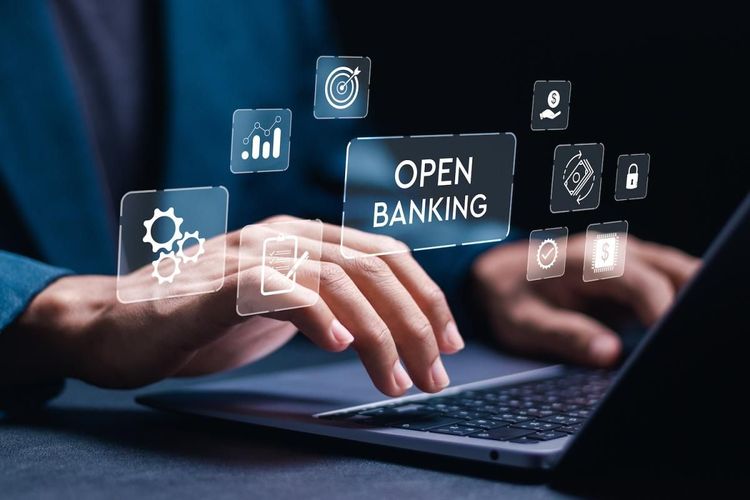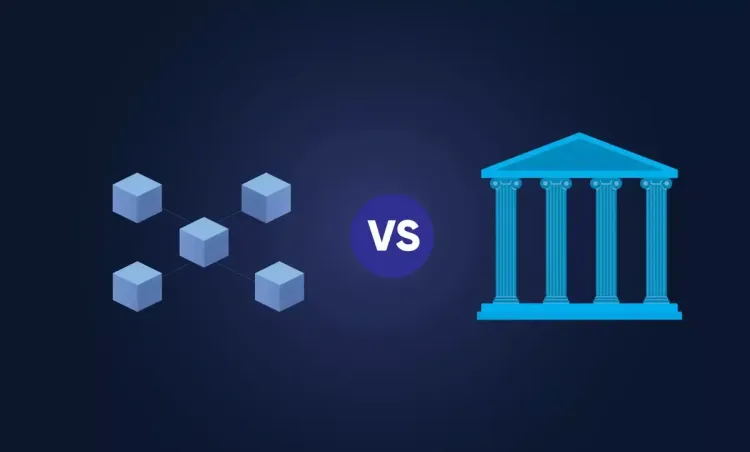Peer-to-peer (P2P) lending has become a new and different way to borrow money in the fast-paced world of finance. It makes lending and investing easy by connecting lenders and borrowers directly through an online platform. Peer-to-peer lending has become incredibly popular in recent years. It promises lower interest rates for borrowers and higher returns for investors. This new model goes beyond traditional banking and is a good option for anyone who wants flexibility and transparency in their financial transactions. But is it really a better way to earn or borrow money? Peer-to-peer lending is becoming increasingly popular in today’s financial world. Let’s look at how it works, what are the benefits, and what are the potential risks.
How Peer-to-Peer Lending Works
Peer-to-peer lending fundamentally relies on a straightforward concept: eliminating the intermediary. On peer-to-peer (P2P) platforms, borrowers list their needs and creditworthiness along with their loan application. Meanwhile, investors review these applications and select loans they want to fund. To spread the risk, they often split small amounts of money into multiple loans. The platform helps people get loans and handles things like payments and security. Since P2P lending does not involve traditional banks, it reduces administrative costs, allows borrowers to get financing at competitive rates, and generates high returns for investors.
The Appeal of P2P Lending for Borrowers
For borrowers, peer-to-peer lending is better than traditional lending in many ways. Accessibility is one of the main advantages. Many individuals and small businesses cannot get credit from traditional banks because of the strict requirements banks have for customer qualifications. On the other hand, P2P platforms are better suited for people with a broader credit history, even those with a shorter credit history. P2P platforms have lower operating costs and can therefore offer lower interest rates to borrowers than traditional loans. In addition, the process is more streamlined and digital, which means borrowers have faster access to money than with traditional banks.
Why Investors Are Drawn to P2P Lending
Investors see peer-to-peer lending as a way to increase their returns and diversify their assets. Savings accounts and government bonds typically offer lower returns. P2P lending, on the other hand, offers greater potential returns but also carries greater risk. For investors, it is a good way to spread their risk by investing small amounts across multiple loans. In addition, the P2P platform is open, which allows investors to make smart choices by checking the borrower’s profile and the purpose of the loan. For people who are willing to take some risk, P2P lending is a good alternative to traditional investment methods.
Risks Involved in Peer-to-Peer Lending
Peer-to-peer lending does come with some risks, but there are also benefits. The biggest concern among investors is that borrowers might not be able to repay their loans. Unlike banks, P2P platforms don’t promise returns, and investors are primarily responsible for managing risk. Market volatility and economic downturns can make it harder for borrowers to repay their loans, increasing the risk of default. Borrowers face a slightly different risk: if they don’t repay the loan, it can damage their credit score and put them in legal trouble. Both parties need to be aware of these risks and have a careful plan for how they’re going to approach P2P lending.
The Role of Technology in P2P Lending
Peer-to-peer lending works largely because of technology. Sophisticated algorithms check the creditworthiness of borrowers and match them with investors who can lend them money. These systems also monitor transactions, ensure compliance, and provide a smooth user experience. Adding AI and blockchain technology to the P2P ecosystem also makes it more secure, open, and efficient. As the industry evolves, new technologies will make this process even better, making peer-to-peer lending more accessible and reliable for people around the world.
Regulation and Legal Considerations
As peer-to-peer lending has become more popular, governments and regulators have created rules to protect investors and borrowers. Each country has its own rules, but most countries ensure that everything is open, fair, and fraud-free. P2P platforms must provide a lot of information about how they operate, such as fees, interest rates, and lending terms. By adhering to these rules, P2P platforms not only become more trustworthy but also protect the interests of users. To minimise risk, those who want to participate should always choose platforms that adhere to local regulations.
What Peer-to-Peer Lending Means for Finance
Peer-to-peer lending is undermining the power of traditional banks and changing the way money works. The success of this approach has forced traditional banks to rethink the way they lend money and come up with easier ways to do so. Peer-to-peer lending also makes credit more accessible to everyone, especially small businesses and those without access to traditional banking services. P2P lending has fuelled innovation in the financial sector by making money accessible to more people and encouraging competition. It may not replace traditional banking entirely, but it has undeniably changed the industry.
The Future of Peer-to-Peer Lending
As more people realise that P2P lending is a smarter way to invest and borrow money, it is poised for a bright future. New ideas like automated investment tools, better risk assessment models, and global platform expansion are making the P2P experience even better. The model is likely to continue to grow as more investors and borrowers gain confidence in it. But if the sector is to remain strong, it must navigate market saturation, new regulations, and an uncertain economy. With careful consideration and change, peer-to-peer lending is likely to remain an important part of the financial system.
Conclusion
Peer-to-peer lending is a revolution that makes borrowing money or investing money easier, smarter, and more flexible. Technology that allows borrowers and investors to communicate directly with each other is changing the way the traditional financial system works and creating new ways for money to grow. The benefits of peer-to-peer lending are clear, but both parties should be aware of the risks before they start. This option allows borrowers to access money quickly and cheaply. It offers investors the opportunity to make more profit while diversifying their investments. As the peer-to-peer lending industry grows, so too is the way we think about financial transactions. This is good news for anyone looking for new ways to manage their money.




